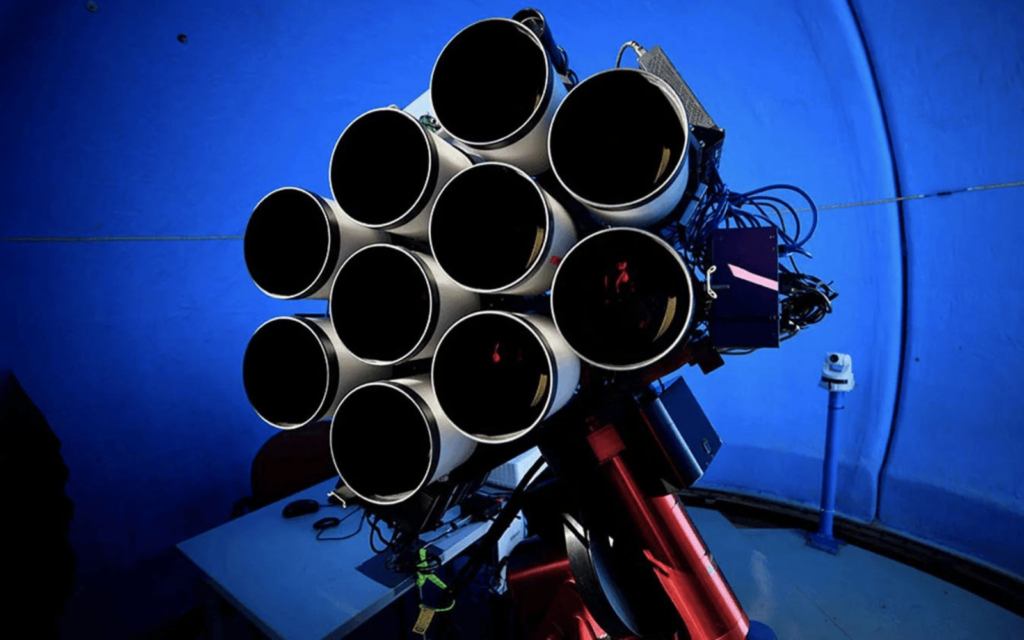For South Africans, the word Huntsman brings to mind the spiders that tend to show up just before it rains. If you’re Australian, it also refers to a spider — but it’s large enough that you can count its eyes. The word also has a little something to do with space exploration. From the ground, obviously.
Canon and Macquarie University have created an optical instrument called the Huntsman Telescope. It uses a collection of ten Canon EF 400mm f/2.8L IS II super-telephoto lenses, working in unison. At the moment, you can buy these Canon EF lenses, but they’ll cost you around R90,000, pre-owned.
The Huntsman
The Huntsman Telescope is located in Australia, at the Siding Spring Observatory in New South Wales. No, we don’t really know where that is either, but you can count on Bortle 1 skies. It’s based on the Dragonfly Telescope, which also uses Canon 400mm lenses — but the American version uses 48 lenses, in two clusters of 24.
Australia’s telescope is the only one of its sort in the Southern hemisphere. It’ll scan southern skies, looking for evidence concerning “…galaxy formation and evolution; how galaxies form, how they grow, how they engage with structures that surround them, and what happens when galaxies collide.”
The reason Canon’s EF 400mm f/2.8 L IS II lenses are being used is that they use the company’s custom nano-fabricated coatings. The coatings promise far more accuracy than most telescope mirrors do. Canon’s lenses will avoid “subtle errors that ruin faint, extended structures surrounding galaxies,” making for more detailed observation. Science!
Read More: South Africa to put the BOOTES 6 into space exploration with new robotic optical telescope
Macquarie University’s Dr Lee Spitler said, “The ability to observe the remnants of galaxies colliding with each other and searching for the faintest and smallest galaxies in the universe, will help us understand the potential fate of the Milky Way in the far distant future.”
The third generation of Canon’s EF 400mm super-telephoto lenses is currently available. If you’ve got a spare R230,000 lying around, you can have one for your very own. It won’t be quite as skilled at space exploration, but we’re sure you can stick ten of them together.




